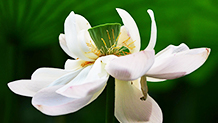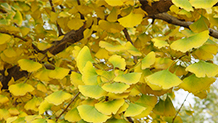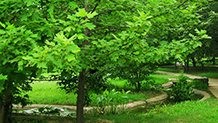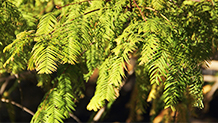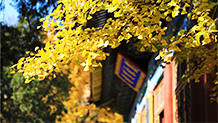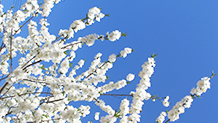| 作 者:Han S, Niu X, Wang B, Wang Z, Zhang X, Wang Q, Du J, Liu P, Liu DH, Pan F, Xu T |
| 影响因子:3.4 |
| 刊物名称:Ecosystem HealthSustainbility |
| 出版年份:2025 |
| 卷:11 期: 页码:0288 |
论文摘要:
Mercury is one of the most toxic heavy metal pollutants,mercury absorbed by plant leaves accumulates in forests in the form of litterfall. Therefore, in this study, leaf mercury concentrationsmercury fluxes were analyzed in typical sample plots of each vegetation type, which were selected from 7 geographic regions in China. The results showed that the amount of litterfall of each component varied among different vegetation types, with leaves accounting for the largest proportion (51.12% to 80.54%). The annual amount of leaf litter ranged from 3.35 to 5.50 t/(hm2·year). On the seasonal scale, the litterfall amount peaked in the autumn for most vegetation types. On a spatial scale, the litterfall amount displayed a decreas-ing trend with increasing latitude, with the highest of 8.16 ± 4.61 t/(hm2·year) in the southwestern China,the lowest was 2.98 ± 0.89 t/(hm2·year) in north China. Moreover, leaf litter mercury concentrations ranged from 2.11 to 236.70 ng/g, with a mean value of 57.92 ± 33.07 ng/g. Leaf mercury concentrations of most tree species increased gradually with the growing periodshowed a pattern of higher in the southlower in the north on the spatial scale. Furthermore, leaf mercury fluxes of the 5 vegetation types ranged from 177.58 to 410.50 mg/(hm2·year),the accumulation of mercury mainly occurred in autumn. The comprehensive quantification of mercury fluxes in this paper provides data sup-port for the long-term monitoring of litterfallfundamental information to po-tentially solve the problem of mercury pollution in Chin
DOI:10.34133/ehs.028



